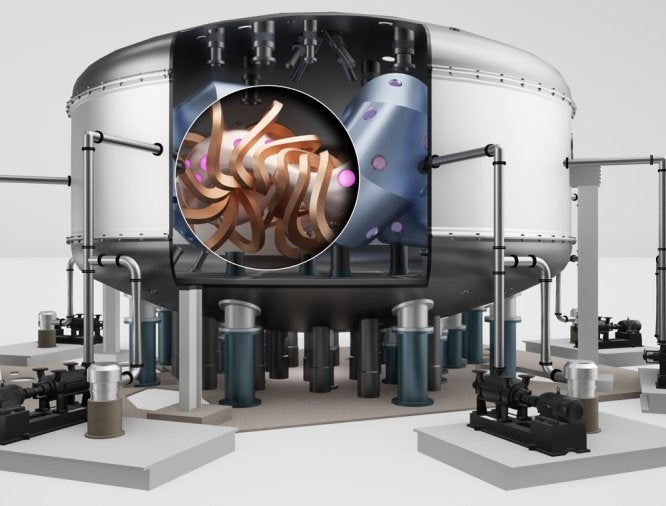Brighter Side of News
5d
411

Image Credit: Brighter Side of News
Scientists solve a massive problem for fusion energy
- Scientists have developed a new method to address the challenge of predicting and controlling energetic particle movement in fusion reactors, bringing fusion power closer to reality.
- Traditional methods using perturbation theory and guiding center models have limitations in accurately estimating particle paths and leakage areas, especially for energetic alpha particles.
- A revolutionary non-perturbative method based on symmetry theory was developed by researchers from UT Austin, Los Alamos National Laboratory, and Type One Energy Group.
- This novel method accurately traces particle paths using symmetry-based modeling, providing predictions ten times faster than traditional computations with improved accuracy.
- The new approach addresses a long-standing problem and improves reactor design by minimizing energy losses, preventing damage to reactor walls, and enhancing fusion reactor performance.
- The data-driven model developed by the research team outperforms traditional guiding center predictions, particularly for scenarios involving energetic alpha particles in fusion reactions.
- The innovation has profound implications for fusion reactor design, allowing engineers to refine stellarator designs efficiently and enhance reactor performance.
- The method's applications extend beyond stellarators to tokamak reactors, aiding in identifying leakage points and improving safety and efficiency in fusion reactor designs.
- This breakthrough brings humanity closer to realizing clean, sustainable fusion energy and plays a crucial role in ensuring safe and efficient operation of fusion reactors.
- The research findings have been published in the journal Physical Review Letters, showcasing significant advancements in fusion energy technology.
Read Full Article
20 Likes
For uninterrupted reading, download the app